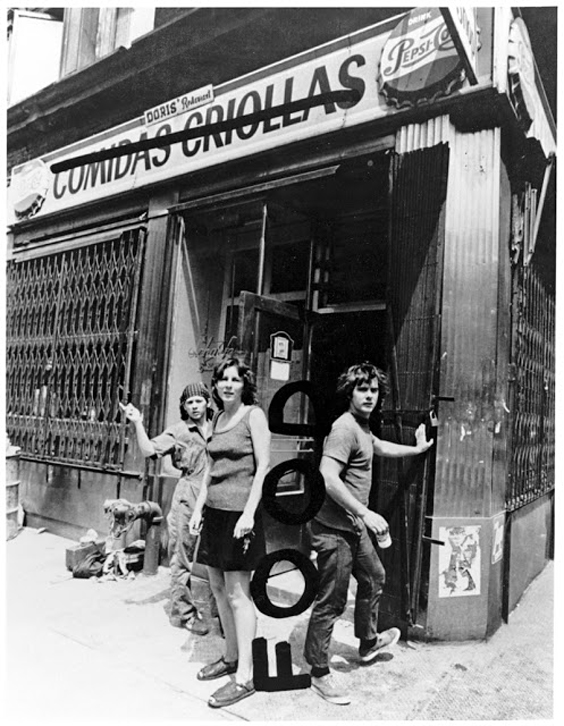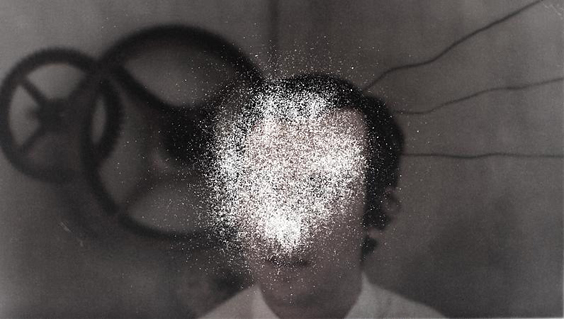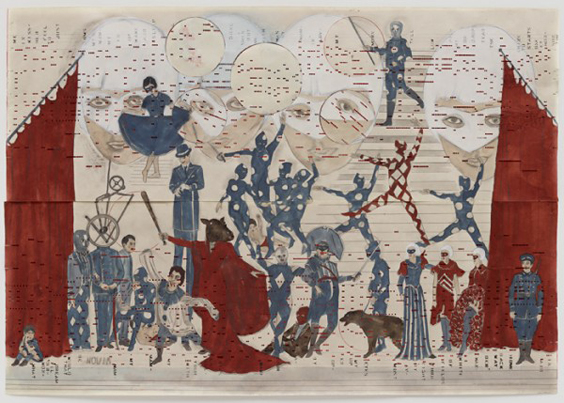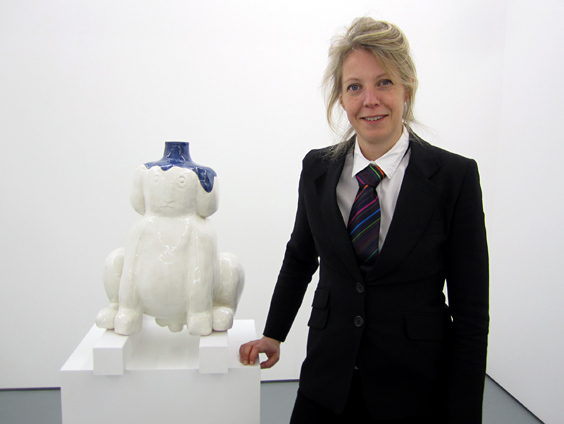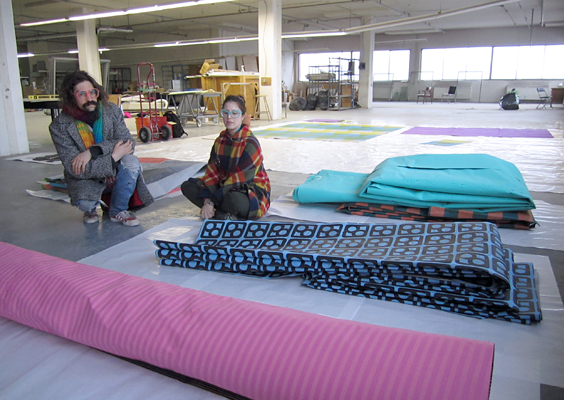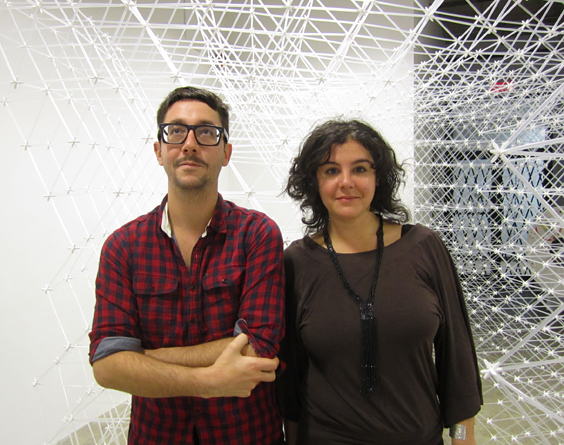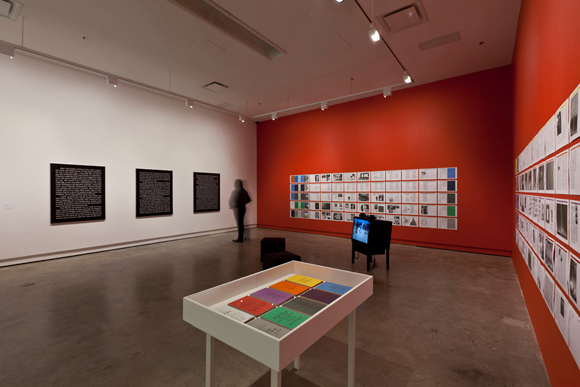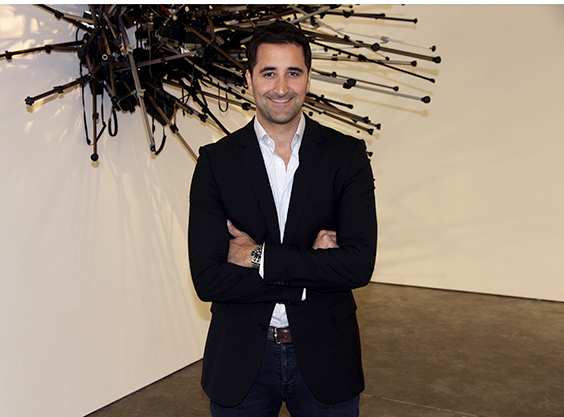
Antoine Ertaskiran. Courtesy galerie antoine ertaskiran, Montréal
galerie antoine ertaskiran is quickly rising as one of the newest yet most active contemporary art venues in Montréal. Since its official inauguration in September 2012, Ertaskiran has already accumulated a total of seven exhibitions within its main space, alongside a hat trick of art fairs (Toronto 2012, VOLTA NY 2013 and Montréal’s Papier 13). Acknowledging a deep-rooted experience in the art business, director Antoine Ertaskiran discloses to M-KOS a few of his latest ambitions for this new space in the heart of Griffintown.
MKOS: How did you initially start up this gallery project?
Antoine Ertaskiran [AE]: I had the idea to launch my own gallery two years ago. By then, I had already been in the business for 15 years. My father had a gallery in Paris (Galerie Nikolenko) so I grew up in the business, grew up going to museums and art galleries. I was born here [in Montréal] but my family moved to Paris when I was 8 months old, and we stayed there until I was fifteen. Then after high school, I went to University of Montréal to study Art history and started working with my father even before I finished my degree. We had a family-run gallery on Sherbrooke Street (Galerie Berensen) and for about past six or seven years I was dealing mostly in the secondary market, modern and contemporary international art. Two years ago, I felt the need to change the model of my business, to either move abroad or stay in Montréal and open the gallery. I decided for the latter because I love the city, I love the art scene here and also my family lives here.
Continue reading “Risk Management : An interview with Montréal Art Dealer Antoine Ertaskiran [Updated]”

